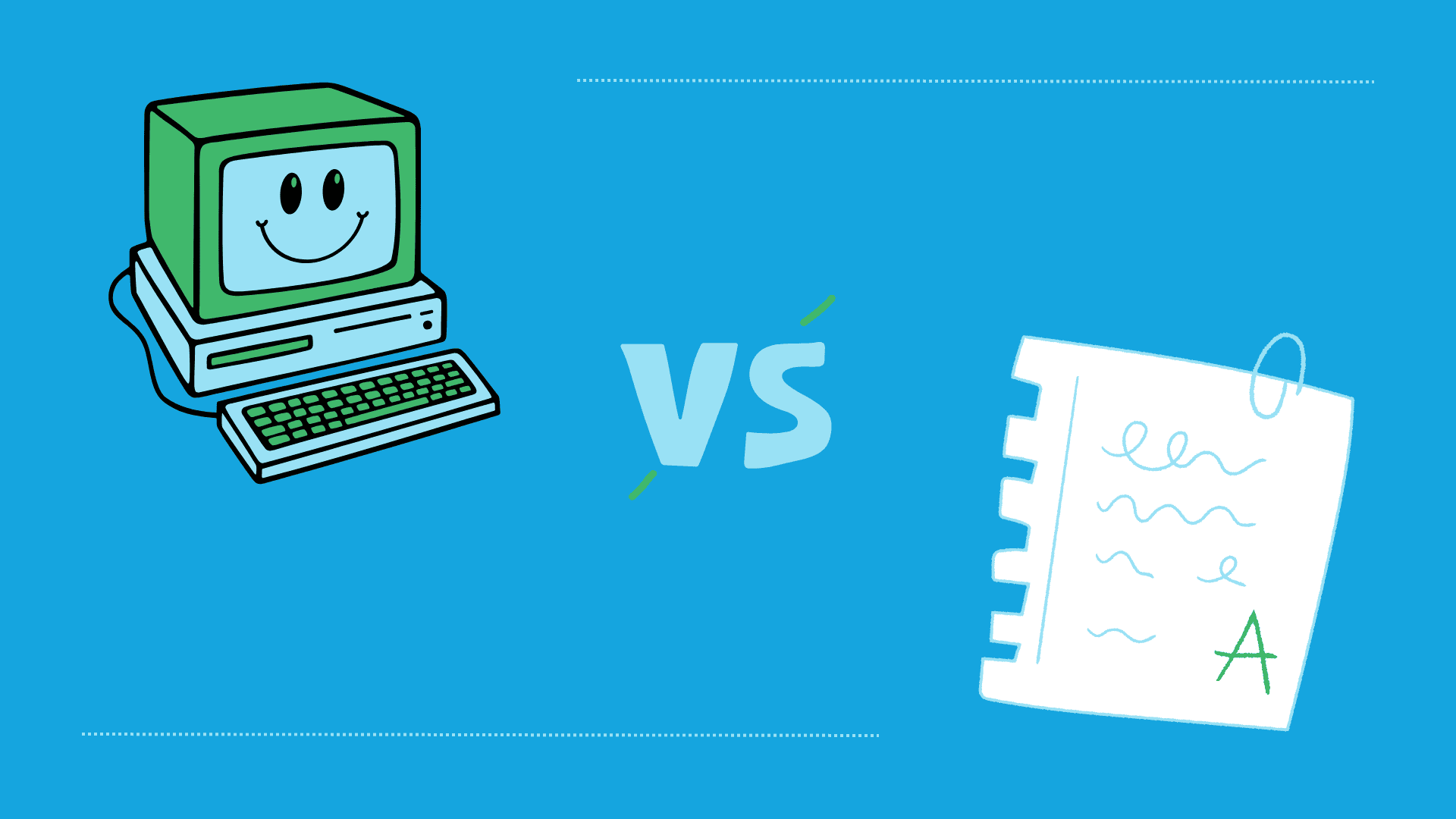
The Armed Services Vocational Aptitude Battery (ASVAB) and the Pre-screening Internet-Delivered Computer Adaptive Test (PiCAT) are required for anyone considering a career in the United States military. While they both assess an applicant’s skills and readiness for various military roles, these tests differ in format, administration, and what they demand from test-takers. In this post, we’ll explore what sets them apart, how they work, and how to prepare for each test so you can better understand which one might be best for you.

The ASVAB is a well-known standardized test administered to prospective service members across all military branches. It measures a wide range of skills through ten subtests, including general science, arithmetic reasoning, word knowledge, and mechanical comprehension. These areas are grouped into four main categories: Verbal, Math, Science/Technical, and Spatial. The ASVAB’s composite score, the Armed Forces Qualification Test (AFQT), is the primary score used to determine whether you qualify for military service and which jobs you may be best suited for. Each branch has its own minimum required AFQT score for enlistment. Beyond that, specific line scores are calculated from the subtests, which can open specific job opportunities in areas such as electronics, mechanical maintenance, and clerical work.
The ASVAB is administered in two main formats: the paper-and-pencil version and the computer-adaptive version. The computer-adaptive test (CAT-ASVAB) automatically adjusts the difficulty of questions based on your responses. Answer a question correctly, and the next one will be a bit harder. If you get it wrong, the next question will be easier. This format can help to gauge a person’s skill level more accurately, but it also means you can’t go back and change your answers. Test-takers receive their scores immediately after finishing the CAT-ASVAB, which can provide instant feedback. The paper-and-pencil version, still widely available at schools and recruiting centers, allows for more flexibility, as you can skip questions and return to them if needed, but it does take longer to score.
The PiCAT, on the other hand, is a newer option available to some applicants. Designed to streamline the enlistment process, the PiCAT can be completed online at home, making it more convenient and accessible. The PiCAT covers the same topics as the ASVAB and is meant to measure the same aptitudes and skills. The main differences lie in its format and flexibility. Because the PiCAT is not proctored and is completed online, it’s a time-saver for both applicants and recruiters. After taking the PiCAT, you have up to 30 days to report to a Military Entrance Processing Station (MEPS) to take a short verification test. This verification test is typically about 20 to 30 minutes long and is used to confirm that your PiCAT scores accurately represent your skills. If you perform similarly on the verification test as you did on the PiCAT, your scores are considered valid. However, if your verification results don’t align with your PiCAT performance, you may be required to take the full ASVAB at MEPS.
One of the primary advantages of the PiCAT is its flexibility. You can complete the test at your own pace, in a comfortable environment, without the pressure of a testing center. This can help relieve test anxiety and improve performance. Additionally, since the PiCAT doesn’t need to be taken at a specific location, it can save you time and reduce the logistics of traveling to a testing site. However, because it is not proctored, some applicants may be tempted to seek outside help. Military recruiters and officials take this seriously, and the verification test is specifically designed to detect any discrepancies.

The ASVAB has been the military’s standard testing method for decades and is recognized for its reliability and thorough assessment. Because it’s proctored and has set rules around administration, it’s considered a highly standardized assessment. The test environment in a MEPS center can be intimidating, as it’s often one of the first official steps in the enlistment process. For some, though, taking the ASVAB in this environment helps them mentally prepare for the structure and discipline of military life. This setup may even encourage candidates to take the test more seriously.
When deciding between the ASVAB and the PiCAT, consider your preferences and how comfortable you feel with testing environments. If you prefer a flexible approach and are confident in your ability to perform without proctoring, the PiCAT might be a better fit. However, if you perform best under structured conditions and want to avoid the verification step, taking the ASVAB could be a solid choice. Ultimately, both tests are designed to identify your strengths and help place you in the right role within the military.
Whichever path you choose, preparing for either test is key. There are many resources available, including practice tests, study guides, and tutoring, which can help you build the skills needed to succeed. By understanding the differences between the ASVAB and the PiCAT, you can make an informed choice that aligns with your strengths and helps you take the next step toward a fulfilling military career.